Where to Start with Chemistry for Kids
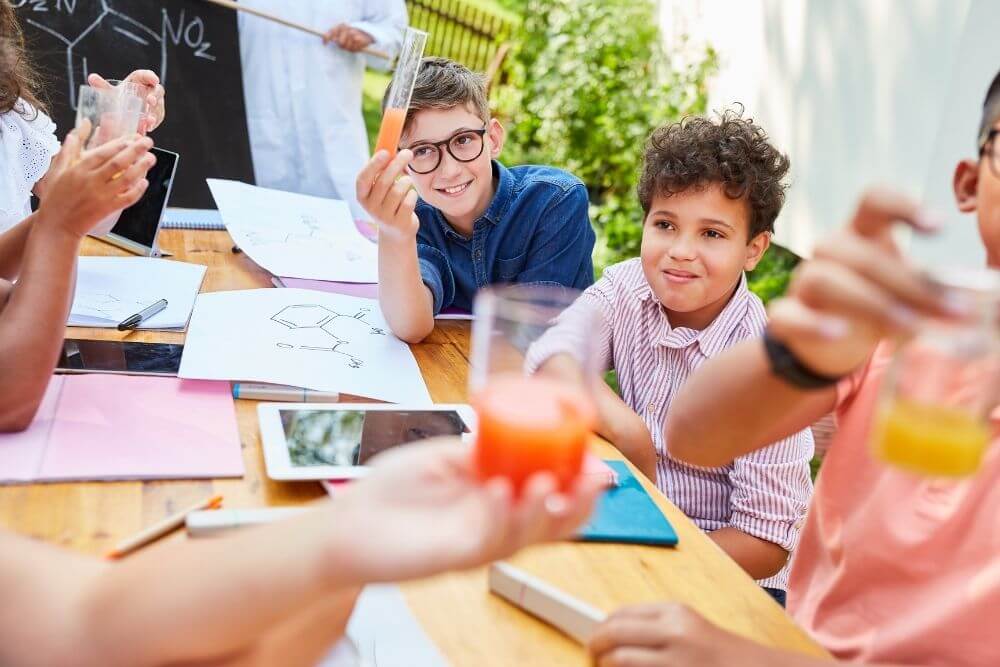
The Montessori method is known for introducing children to advanced topics at an early age, and that includes providing opportunities to study chemistry for kids!
You may have already started exploring chemistry with your kids at home or in the classroom without even knowing it. In Montessori, we start with some of the most basic principles of chemistry in the primary or pre-school years when we get to see the mixing of colors, or the way soap helps us clean our dishes after lunchtime.
Chemistry in the Elementary Years
As we grow into the elementary years, we dive deeper and deeper into how those interactions (or reactions!) take place. This starts by exploring what happens when different things interact.
Do they mix or stay separate? Do they react? What if they explode? (Be careful here! Combining random household items sounds like a fun way to explore chemistry for kids, but it might not turn out as smoothly as you think … always do your research before trying a new experiment).
While we mix things, we start to notice the different characteristics of the things we mix. In other words, we start to notice more and more about the different properties of matter. There are physical properties like the states of matter, viscosity, and density, and there are chemical properties like reactivity or the ability to burn.

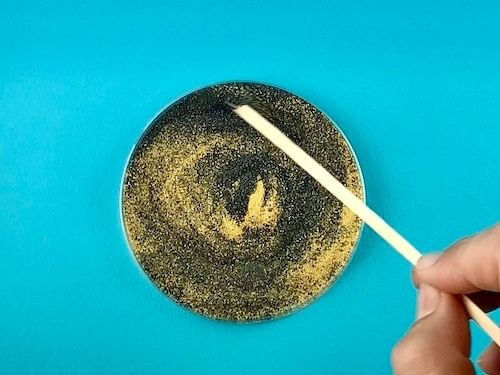
The more and more we learn about all of these different interactions and different substances, the deeper we can get into why they take place, and what makes the substances behave the way they do. We go from things that seem really tiny like sand particles or iron filings, to things that are reeeeaaallllyyyyyy tiny like atoms and elements. They are so tiny, we cannot even see them with a microscope.
Try Montessori Laboratory’s Hands-on Science Lessons for Free
Are you interested in seeing what Montessori Laboratory’s big-picture lessons, hands-on experiments, and engaging science activities are all about? Check out the free lessons below!
The First Great Lesson
Where did the stars come from? And the Sun? How was our Earth created? And what about the rest of…
Combining and Separating
Why does sand settle to the bottom of the ocean, but salt mixes in? How do people get sea salt out…
How Did Humans Discover Fire?
When did we start using fire? What 3 components does fire need to burn?
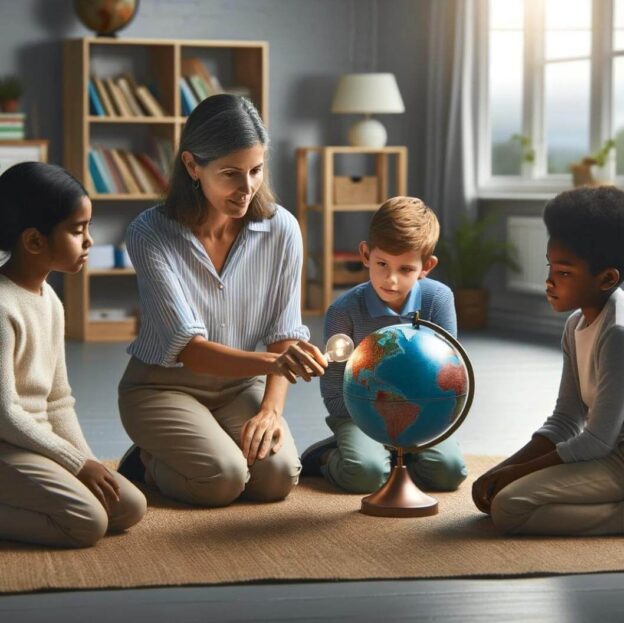
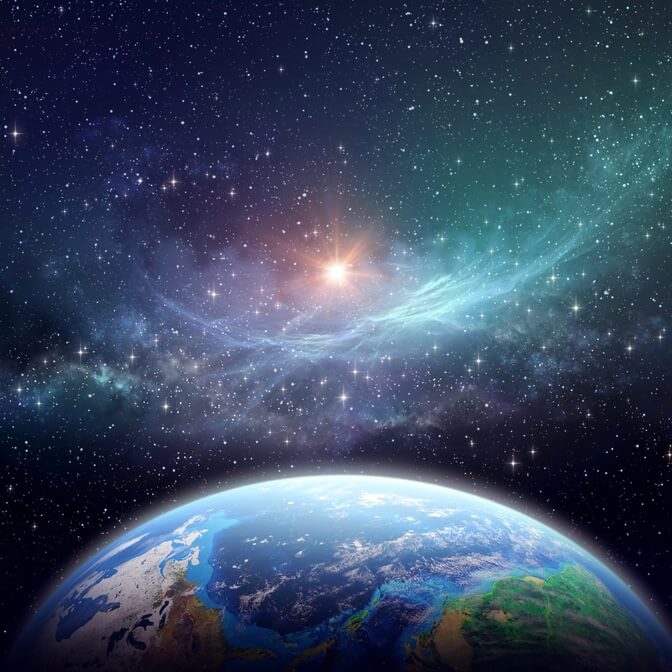

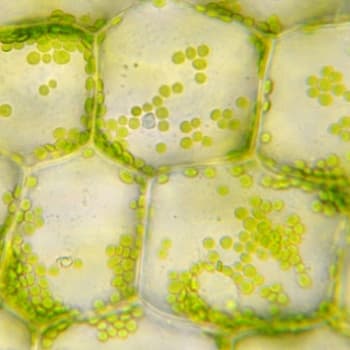

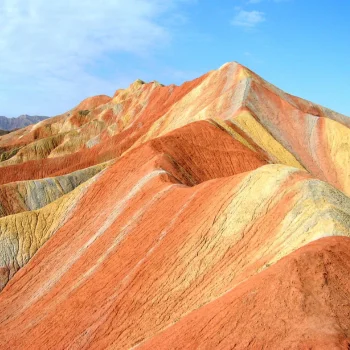
Responses